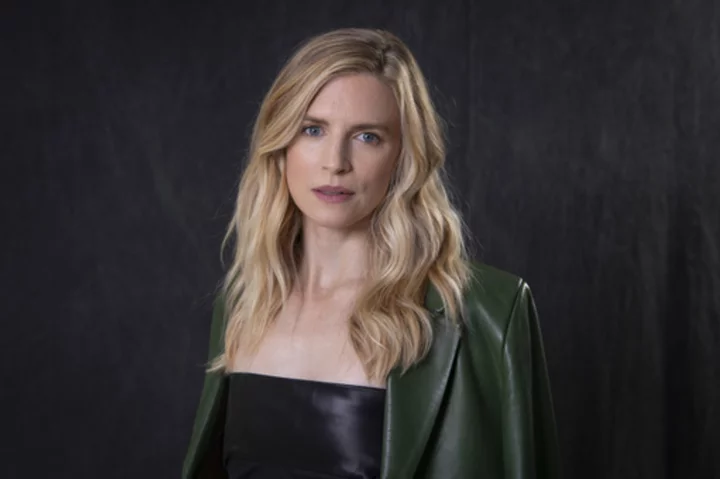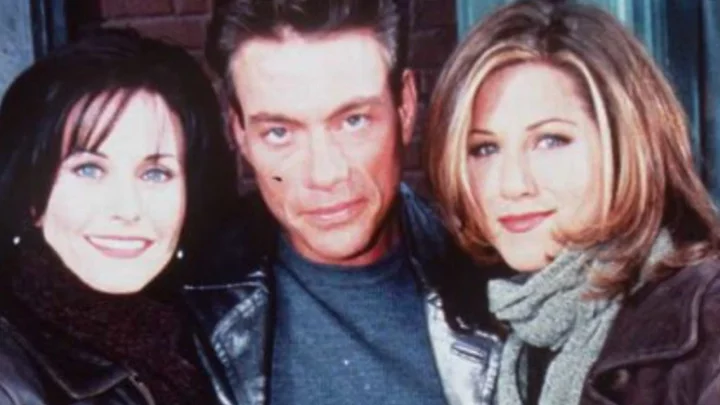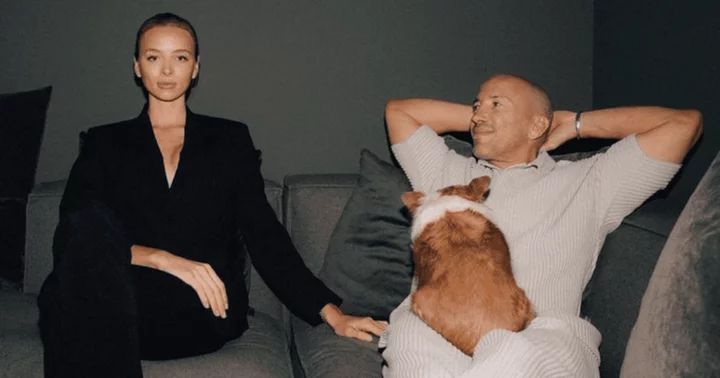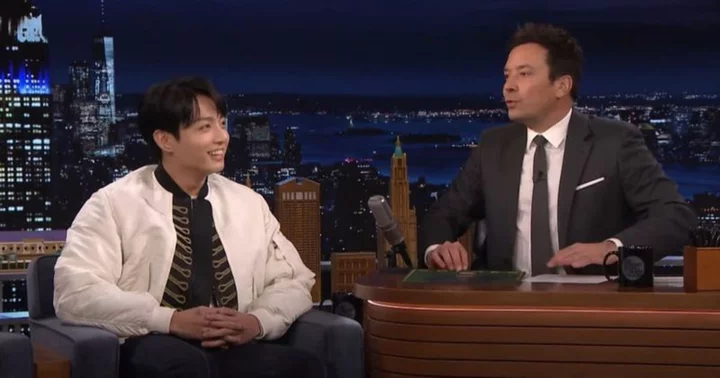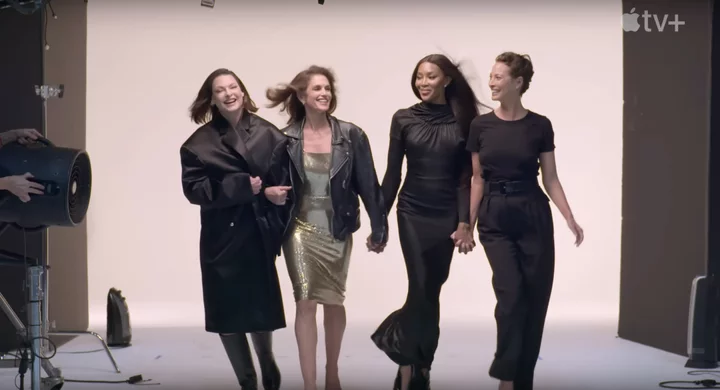From the “Knives Out” films to TV's “Only Murders in the Building," and even season four of Netflix's “You,” closed-circle murder mysteries are alive and thriving.
And now, there's FX's “ A Murder at the End of the World" to solve, a new Agatha Christie-inspired series streaming on Hulu. The Hercule Poirot of this story though is a young woman named Darby played by Emma Corrin. Darby is a Gen Z loner with short pink hair and baggy clothing. She made a name for herself after cracking a serial killer case as a teen — with the help of her boyfriend — and wrote a book about it.
Darby gets an invite by a tech billionaire (played by Clive Owen) and his wife (Brit Marling), a retired computer hacker, to attend a select meeting of the minds on topics like the climate crisis and AI, held in a remote luxury hotel in Iceland, of course. When one of the guests ends up dead on night one, Darby's retreat is now a working vacation.
Corrin, who previously has played Princess Diana on “The Crown,” said, “I just thought it was so compelling and with the best plot twists I think I’ve seen in a long time."
The show is from the creative partnership of Marling and Zal Batmanglij, who also were behind Netflix's cult favorite, polarizing " The OA ". They executive produced, wrote and directed this series.
“They just have this incredible shared brain,” said Corrin of the duo, who has yet to watch “The OA” but says the love it or hate it reaction to the series piqued their interest. “I always think that anytime something’s a bit divisive, it suggests something really, really special."
In a Q&A, Marling talks about the exclusive retreats for the wealthy, getting hypothermia while directing and the use of an AI butler.
Answers have been edited for clarity and brevity.
—-
AP: Why did you choose this kind of elite gathering for your setting?
MARLING: We’d been hearing stories about these secretive tech retreats that would happen in far flung locations where all these luminaries would be gathered by the head of a tech company to talk about world issues. It seemed like a very interesting way to do a modern whodunit. The old whodunit was often set in an English manor home as the seat of power at that time. Now it feels like Silicon Valley and the tech firms are the new seat of power. But it wasn’t just a world that was compelling, it was the Darby character that was interesting. She didn't need to be the kind of "wink, wink, nudge nudge" that is typical of the genre. There was a way to make her credible and to sort of see a citizen detective go up against some pretty big forces.
AP: You made your directorial debut on this series and also got hypothermia the first day of filming in Iceland. How did you handle the extreme weather while wearing a new hat?
MARLING: There were 40 mile-an-hour wind gusts that day (of the hypothermia). It was knocking the lights off the mountains and blowing away our tent. There were points where we were holding onto the grass that was growing out of the snow in some places to just not blow away. We had four hours to shoot six pages in very fraught circumstances. You band together with the crew, and you find a way. The performances feel more electrified and everybody’s so on point because they know we’ve got two takes for everything and that’s it. I think it can create a kind of magic.
AP: The series has a hologram butler named Ray who is made from AI. Since the making of the show to now, Ray seems very plausible.
MARLING: A friend of ours helped us get access an early form of ChatGPT when it was in beta testing and wasn’t available to the public. We played with that and learned about language models and then would turn in scripts, and people would be like, ‘What? This language is too confusing. No one’s going to understand it.’ We really took pains to try to explain what it would be like to have a fun, animated AI assistant that can do cool (expletive) for you. And then, of course, now a lot of that feels less like science fiction and more just the present tense.

